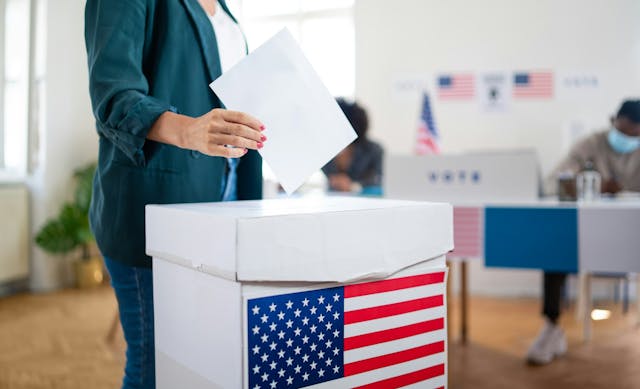Medicare works better than private health insurance

My recent article promoting Medicare as a solution to the crisis in health insurance costs and availability started a lively discussion about the pros and cons of the 44-year-old program signed into law by Lyndon Baines Johnson. My personal story about Medicare was anecdotal in nature, and many of the responses were also based on personal experiences. So I thought it would be a good idea to take a look at some hard numbers about Medicare’s effectiveness and popularity.
An article published last year in the right-leaning National Journal reports that Medicare’s quality of service scores substantially higher than private insurance (60% vs. 40% ). It also beats the private companies in the lowest rating category (14% for Medicare vs. 21% for private insurance). Interestingly, the top ratings go to the Medicare Advantage program that I think should be eliminated.
This Consumer Assessment of Healthcare Providers and Systems (CAHPS) survey involved hundreds of thousands of participants, was conducted under the auspices of the U.S. Health and Human Services Department, and is accepted and used by the insurance industry to rate their own quality of service.
Another stunning figure reported by CAHPS is that 70% of traditional Medicare (PPO) patients report that they “always” get access to the services they need. That number falls to 63% in the Medicare Advantage (HMO) programs, and only 51% for private insurance.
A study by the Commonwealth Fund published last year in Health Affairs reaches the following conclusion:
“Compared with the employer-coverage group, people in the Medicare group report fewer problems obtaining medical care, less financial hardship due to medical bills, and higher overall satisfaction with their coverage.”
I focused on cost and quality of healthcare for individuals in my original piece, but did not broach the subject of the macroeconomics of Medicare. There can be no question that we as a nation are facing serious problems in paying for the health care of those dependent on government support. This group includes the elderly, military, retired military, state, local and federal employees, and the disabled.
The Century Foundation’s Social Security Network noted in an article back in 2004 that this unfunded mandate exists for two crucial reasons: rapidly rising medical costs and an aging population. In discussing the baby boomer population, the article wonders how we handled their education:
“Imagine if in 1950, someone had calculated the costs of educating the baby boomers in public institutions through their college years. What an immense, unmanageable burden! And nothing – not a penny – had been set aside by 1950 to cover the costs of public universities in the 1960s and 1970s! Using the logic of unfunded liabilities that has fueled alarmist media stories, public universities should have been closed; education should have been left to the private sector. “
If we had given up on educating our citizens in the 1950s because of “unfunded mandates,” achievements such as integrated circuits and the resultant computer revolution might not have occurred.
We can’t control the size of the baby boomer generation, but we can put some controls on rising health care costs. Medicare and similar public options seek to cap prices in the way that Wal-Mart seeks to cap supplier costs. Medicare may reduce the payments to some physicians, clinics and laboratories, but it hasn’t put people out of work or companies out of business.
How much does a health insurance CEO, a physician or a pharmaceutical researcher “need” to earn? By failing to challenge private sector income targets and profitability, we have priced ourselves into a crisis. Let the debate continue.



